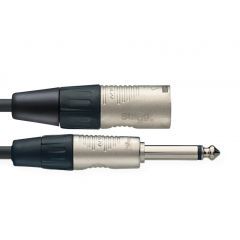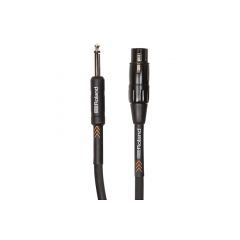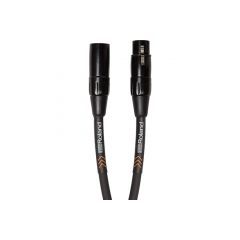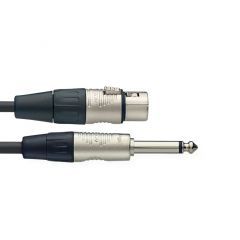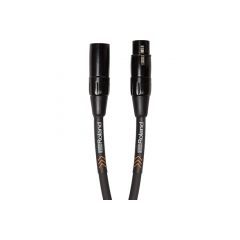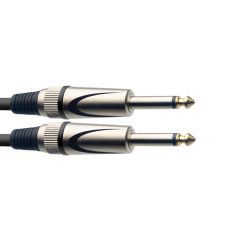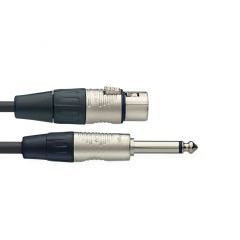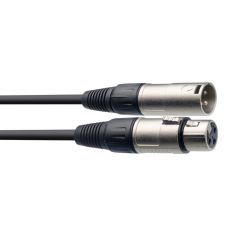-
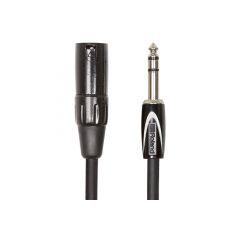 Roland Black Series Interconnect Cable - Male XLR to Balanced 1/4 Inch Jack - 3mcode: RCC-10-TRXM£17.00
Roland Black Series Interconnect Cable - Male XLR to Balanced 1/4 Inch Jack - 3mcode: RCC-10-TRXM£17.00 -
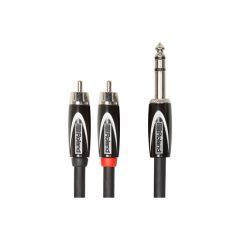 Roland Black Series Interconnect Cable - 1/4 Inch TRS To Two RCA Connectors - 3m Lengthcode: RCC-10-TR2RV2£16.00
Roland Black Series Interconnect Cable - 1/4 Inch TRS To Two RCA Connectors - 3m Lengthcode: RCC-10-TR2RV2£16.00 -
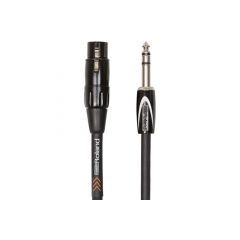
-
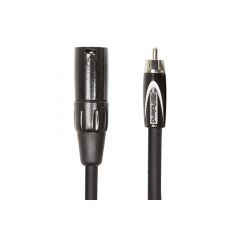
-
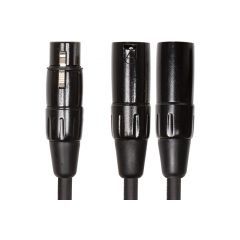 Roland Black Series Interconnect Cable - Female XLR to Dual Male XLR - 6 Inchcode: RCC-YC-XF2XM£13.00
Roland Black Series Interconnect Cable - Female XLR to Dual Male XLR - 6 Inchcode: RCC-YC-XF2XM£13.00 -
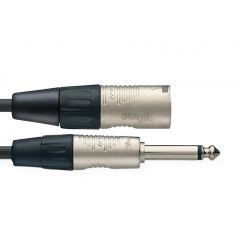
-
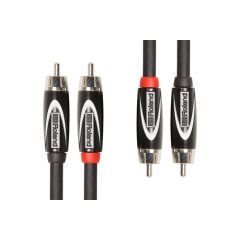
-
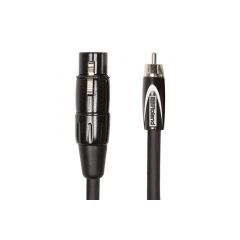
More
It's vitally important to know the difference between audio and instrument cables to ensure that you don't inadvertently use the incorrect type, a move that could lead to a potentially costly rookie mistake. As they look very similar, audio cables can be easily confused with instrument cables so it's handy to know how to tell them apart from one another.
When you buy a new speaker cable, it should have its type clearly marked on it, but if for some reason it does not, the easiest way to identify an audio cable is to inspect its jack. Just like an instrument cable, it will have a ¼ inch jack, but with a difference; an instrument “TS” cable has a Tip and a Sleeve, which has a single separating band just below the tip that signifies that it is a mono instrument cable. However, if you are seeking an audio cable, your jack should have an additional separating band that identifies the cable as a stereo “TRS” cable.
As audio cables do not need to conduct as much current as instrument cables, they are able to use larger-gauge copper wire and can do away with shielding. This is important to note, as if you use a high-impedance instrument cable in place of an audio cable, you run the risk of overloading and seriously damaging your equipment. So, if you need a cable to hook up your speakers - make sure you choose the TRS stereo option!





